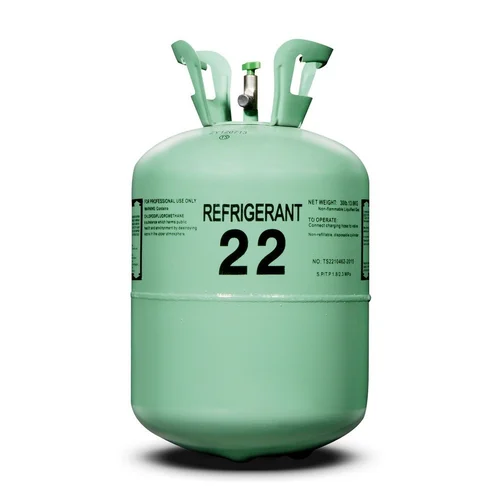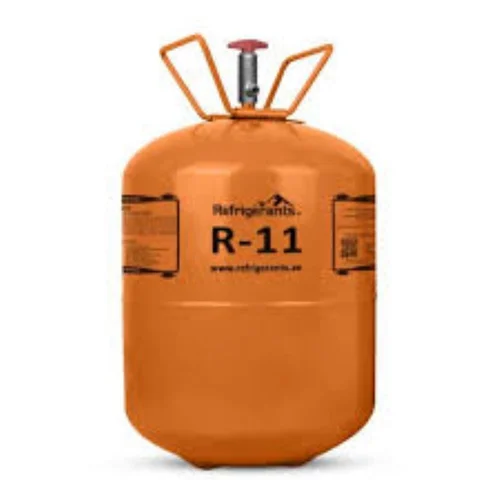Refrigeration Gasses
| REFRIGERATION GAS | Total Purity by Volume(%) | Maximum Levels of Impurities (ppm by Volume) | |||||||
| Grade | O 2 | H 2 O | Ar | CO | CO2 | Noxides | Total Hydrocarbons | Other Impurities | |
| Special | 99.99 | 0.5 | 0.1 | 0.1 | 0.05 | 0.1 | 0.01 | 0.5 | Trace |
| Grade-I | 99.98 | 1.0 | 0.2 | 0.2 | 0.1 | 0.2 | 0.05 | 1.0 | Trace |
| Grade-II | 99.95 | 2.0 | 0.5 | 0.5 | 0.2 | 0.5 | 0.1 | 2.0 | 0.5 |
Technical Specifications
| Color | Colorless, Odorless Gas |
| Chemical Name | Various (R-134A, R-404A, R-410A, etc.) |
| Molecular Weight | Various (e.g., R-134A = 102.0 g/mol) |
| Boiling Point | Varies by refrigerant, typically -29°C to -47°C |
| Melting Point | Varies by refrigerant |
| Density | Varies by refrigerant, typically around 1.0 kg/m3 (at 15°C) |
| Flash Point | Non-flammable in most refrigerants |
| Autoignition Temperature | Varies by refrigerant |
| Flammability Limits | Non-flammable in most refrigerants |
| Storage Pressure | Stored under high pressure as a liquid |
Application Uses
- Air Conditioning: Refrigerants are widely used in air conditioning systems to transfer heat and provide cooling for both residential and commercial applications.
- Commercial Refrigeration: Used in large-scale refrigeration units like walk-in freezers, refrigerators, and display units in supermarkets.
- Industrial Refrigeration: Essential for keeping large systems cool in industries such as food processing, pharmaceuticals, and chemical production.
- Automobile AC Systems: Refrigerants such as R-134A are used in the air conditioning systems of most modern vehicles.
- Refrigerated Transportation: Refrigerants are used in transport vehicles that carry perishable goods, ensuring the required temperature during transit.


